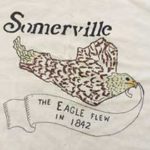
Eagle Feathers #130 – Historic Numbers
By Bob (Monty) Doherty
Both numbers 13 and 76 strike a historical cord with the City of Somerville. Putting triskaidekaphobia or the fear of the number thirteen aside, we can explore why.
Captain Myles Standish, the military protector of the Plymouth Colony was the first documented European to explore what is now Somerville. In 1622, Standish, three Native Americans, and nine men-at-arms made up the 13-member team.
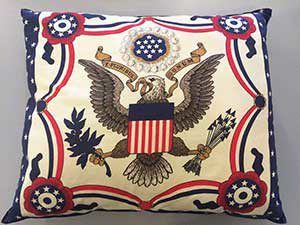
Eight years later on June 13, 1630, John Winthrop led his 1,000 followers, called the Great Migration, to New England’s shore. He established his home and farm at Ten Hills. Winthrop was the first Governor of Massachusetts, a thirteen-letter Indian name meaning Blue Hills, and one of the thirteen original colonies. In 1774, six months before the encounter at Lexington, thirteen boats carrying 260 British soldiers rowed up the Mystic River planning their attack on the Somerville Powder House.
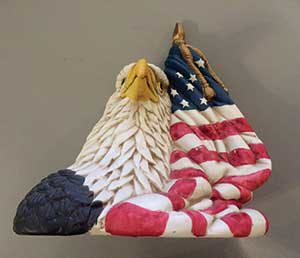
On April 19, 1775, the first battle of the American Revolution began in Lexington and ended in what is now Somerville. The last man to die that day was Somerville’s James Miller. He was shot by the British close to the base of Prospect Hill near today’s Union Square. The sixty-five year-old patriot and farmer was pierced 13 times while covering the withdrawal of younger Americans. His last words were “I am too old to run.”
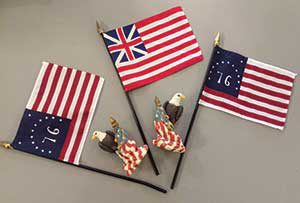
After this, the numbers 13 and 76 were imbedded in our history. On January 1, 1776, General George Washington who was born in 1732 (1+7+3+2 =13) raised the first American 13-striped flag on the top of Prospect Hill. It was delivered here by Benjamin Franklin, and had thirteen red and white stripes to represent the original colonies. It was raised on a 76-foot mast captured from the British Ship Diana.
America’s Spirit of 76 was born on this day along with its Continental Army. Note that seven plus six equals 13. The next official flag and the many that followed had a circle of thirteen white stars on blue, and thirteen alternate stripes of red and white. The number of stars on our flag changes with the number of states in the union, but the thirteen original stripes have remained waving.
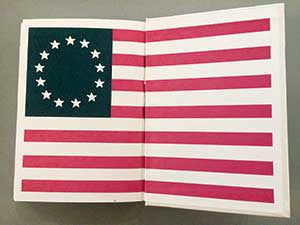
The Spirit of 76 continues! On December 13, 1775, the official United States Navy began with thirteen ships authorized by Congress. The Great Seal of the United States was first suggested on July 4, 1776, and adopted on June 13, 1782. This national coat of arms displays an American bald eagle with 13 arrows in one claw and 13 olive-branch leaves and fruit in the other. The eagle guards itself with a shield of thirteen stripes defending its breast and the nest of thirteen stars above its head. From its beak flows a ribbon with the thirteen-letter motto, E Pluribus Unum, “Out of many, one.” The obverse side of the seal displays an unfinished thirteen-step pyramid that is a lucky number in Egypt. This means that America is still growing from the seed of her original 13 colonies.
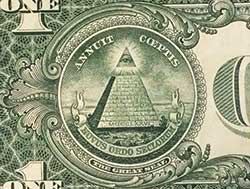
Somerville chronicles more than a few 13-lettered names in her saga. Some are:
Captain Myles Standish, first European to explore Somerville; Colonel Loammi Baldwin, creator of the first Prospect Hill flagpole; Commodore Richard Somers, Somerville’s namesake; General Charles Taylor, father of the Boston Globe and Somerville Alderman; “Somerville Sam,” my suggested name for the perimeter of Somerville which is shaped like an eagle.
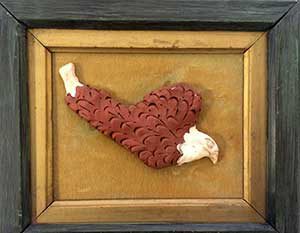















Reader Comments